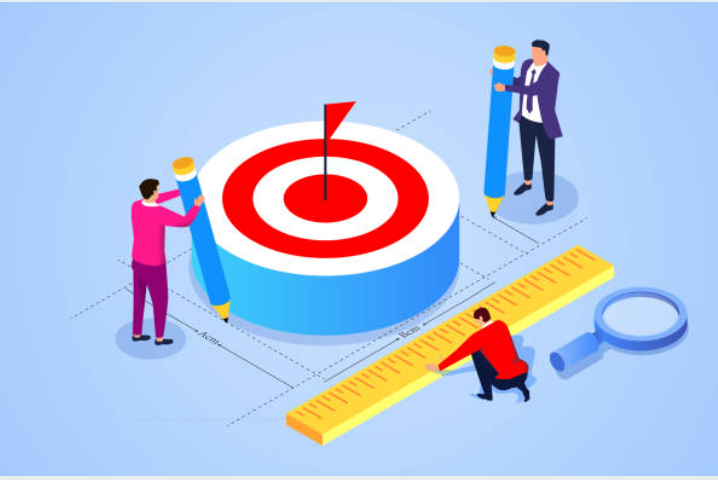
Do We Build, Measure, and Learn?
Do We Build, Measure, and Learn? Proposed by Eric Ries, the Build-Measure-Learn (BML) cycle describes a process by which we can go about building products that resonate with users. It was introduced as an alternative
Read More ⟶
Lean Product Manifesto
The Lean Product Manifesto Lean Product Management offers an improved approach for managing the whole life cycle of a product and ensuring the right market fit. The methodology provides us with a means of making
Read More ⟶
Agile Doesn’t Always Work
Agile Doesn’t Always Work The Agile methodology has become increasingly popular since the publication of the Agile Manifesto in the early 2000s. It offers arguably the most preferred approach for development work in many software
Read More ⟶
Requirements Aren’t Required
Requirements Aren’t Required It is common for companies to draw up a document containing product requirements when building a new solution, especially in Waterfall environments. This sets the tone for what the development team would
Read More ⟶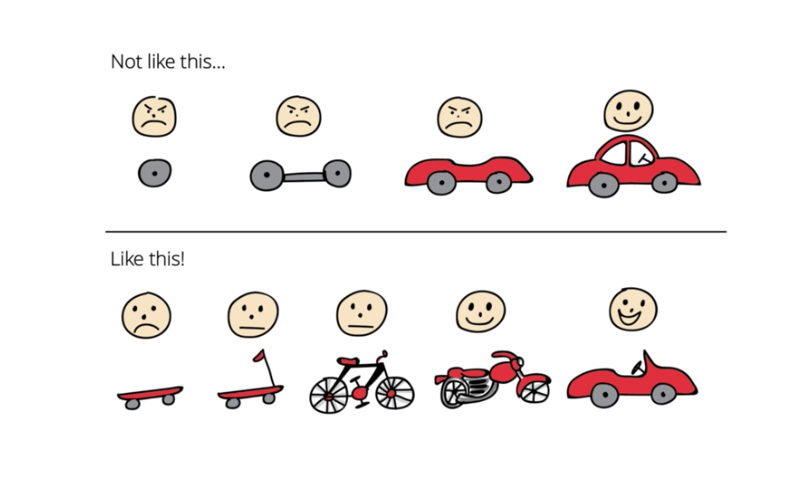
Skateboards vs. Cars – How to Get the Product Right
Skateboards vs. Cars – How to Get the Product Right Real cross-functional product teams are lacking in many organizations. All that exists are engineering teams to see to product development, with just about anyone playing
Read More ⟶
Dual-Track Development
What is Dual-Track Development? Dual-track development is an approach to development in Agile that is characterized by the concurrent execution of both discovery work and delivery work. Product thought leader Marty Cagan has long used
Read More ⟶
Continuous Design
Agile Approach to Design is Continuous Many companies, especially in the software industry, have come to embrace Agile. The methodologies help us to view product development as a learning and iterative process. They promote a
Read More ⟶
Learn Fast, Not Fail Fast
Learn Fast, Not Fail Fast You have very likely heard at some point the phrase “fail fast.” As. Product Manager this is probably something that has come up on more than one discussion – especially
Read More ⟶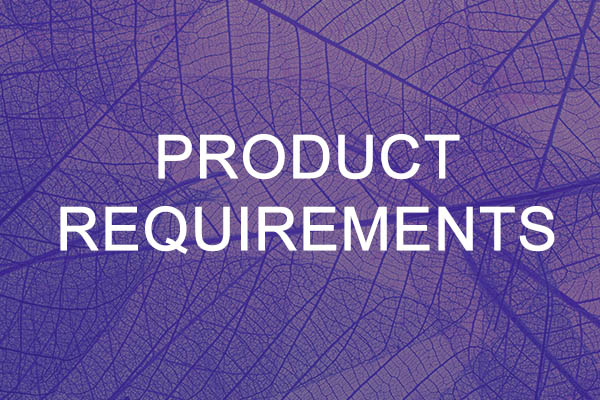
Product Requirement Template
Product Requirement Template Product requirements refer to the capabilities, functionality, or features that a product needs to have. They capture what a product should do for users to find it useful. Traditionally, they are written
Read More ⟶
Large-Scale Scrum
What is Large-Scale Scrum (LeSS)? One of the popular frameworks in Agile software development for applying Agile in the enterprise context, Large-Scale Scrum (LeSS) is a lightweight way of scaling Scrum in large organizations. It
Read More ⟶
Feature-Driven Development
What Is Feature-Driven Development? Feature-Driven Development, also known as FDD, is an Agile model for software development that involves short iterations. It refers to a lightweight, incremental process in which development work (and progress) revolves
Read More ⟶
Feature Factory
What is a Feature Factory? Feature factory is a term that is used to describe a company that is more interested in pushing out features while caring less about solving real problems. This term is
Read More ⟶
Continuous Delivery
What Is Continuous Delivery? Continuous Development (CD) is an approach in software development that involves teams working in short cycles. It entails pushing out code to production as they become ready, rather than waiting until
Read More ⟶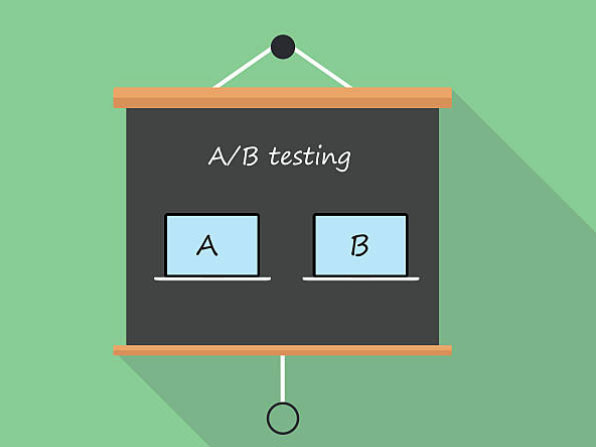
A/B Testing
What Is A/B Testing? A/B test is a test that compares variations of something (e.g. a web page) to determine which works better. It is a randomized experiment that involves the comparison of two or
Read More ⟶
Scrum Methodology
What is Scrum? Scrum is an Agile project management framework particularly suited for product development and has become the de facto framework agile companies today. Many people think of Scrum as the same thing as
Read More ⟶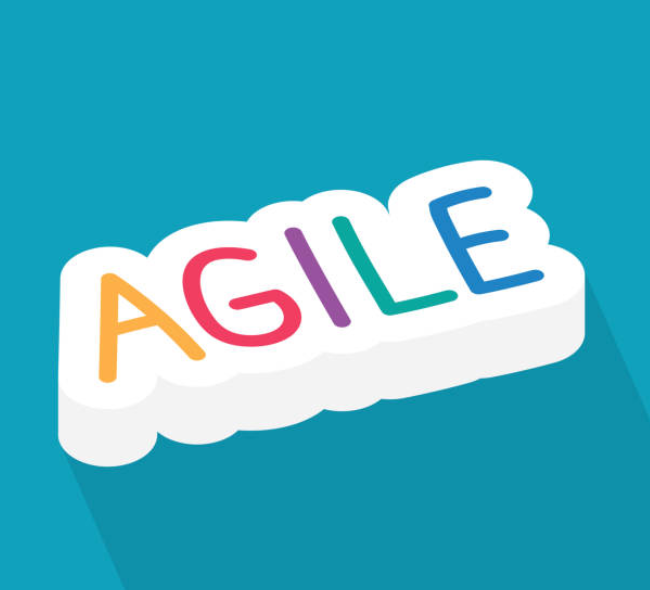
Agile Transformation
What is Agile Transformation? Agile transformation refers to the process of making everyone in an organization undergo a shift in mindset that makes it possible to get the maximum benefits of being agile. Agility has
Read More ⟶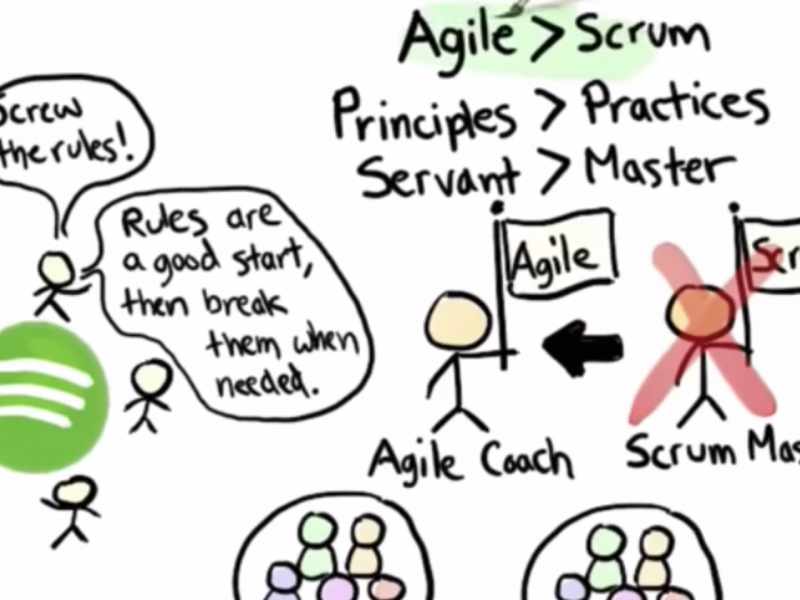
Product Squads
The Benefits and Basics of Product Squads A product squad is a small, cross-functional team that is self-organized. Its members plan and work together for long-term goals and have end-to-end responsibilities. Product squads are a
Read More ⟶
Agile Roadmap
What is an Agile Roadmap? To many people, the idea of a roadmap in Agile is rather counterintuitive. Agile after all, is about keeping things flexible and that document seems to be a hindrance. This
Read More ⟶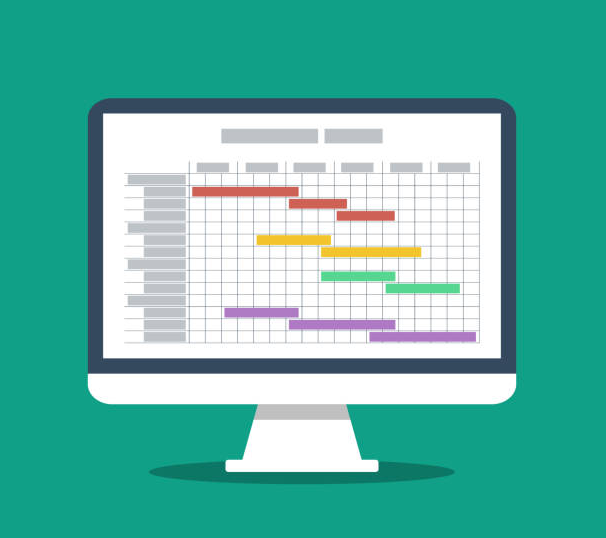
Kanban Roadmap
What is a Kanban Roadmap? Kanban roadmaps, also known as Agile Roadmaps, involve organizing cards relating to tasks into columns across boards. It presents quick insights into items and the stage you are in development
Read More ⟶
Definition of Done
Definition of Done in Agile The Definition of Done (DoD) is a description of what must happen for a project or user story to be declared complete. What are those things that must be done
Read More ⟶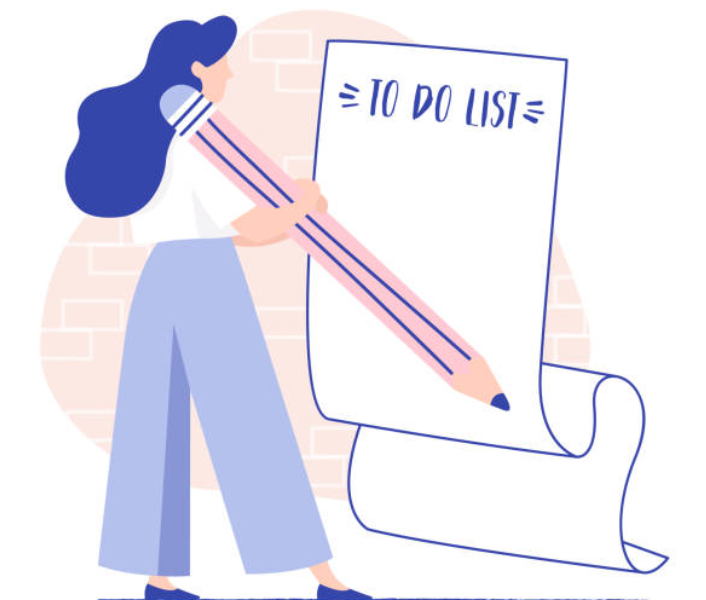
The Product Backlog
Understanding the Product Backlog A product backlog is a prioritized list of items that the team plans to work on to achieve a particular outcome. It is a list of everything that the development team
Read More ⟶
Technical Debt
What is Technical Debt? Technical debt has many definitions. One of the better definitions comes from the Information and Software Technology Journal where it is described as the “consequences of software development actions that intentionally
Read More ⟶
Fibonacci Estimation
What is Fibonacci Agile Estimation? Fibonacci agile estimation is a combination of two concepts: the Fibonacci sequence and Agile estimation. Let’s quickly define these two things before putting them back together: Agile estimation – is
Read More ⟶
Scrumban
What is Scrumban? Scrumban is a hybrid Agile project management framework that combines elements of two popular Agile methodologies – Scrum and Kanban. It has gained considerable popularity over the last decade as a result
Read More ⟶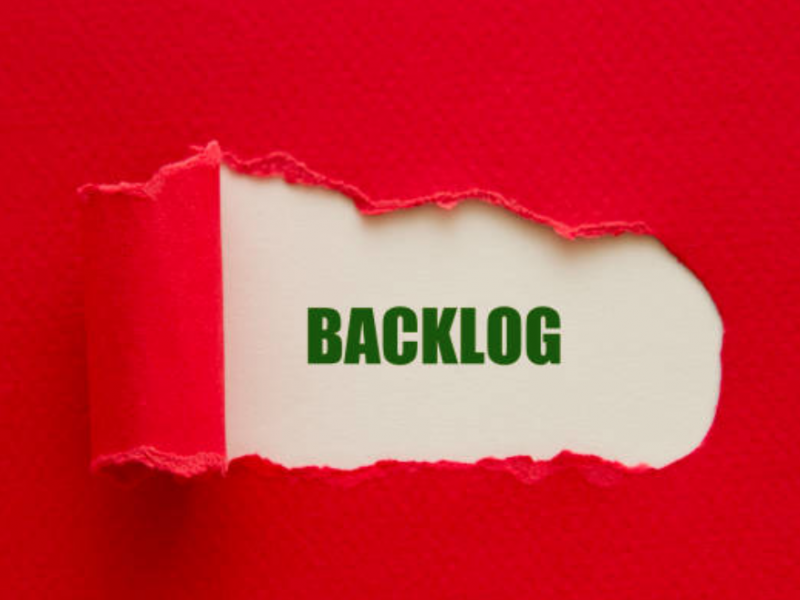
Backlog Grooming
What is Backlog Grooming? Backlog Grooming, also known as backlog refinement, pre-planning, or story time – is a session in which items for the backlog are discussed, analyzed, and estimated. It is a recurring event
Read More ⟶
Agile Retrospective
What is a Retrospective? Retrospective, in a general sense, means looking back on or directed to the past or past events, according to Collins English Dictionary. But, when talking about product development, it refers to
Read More ⟶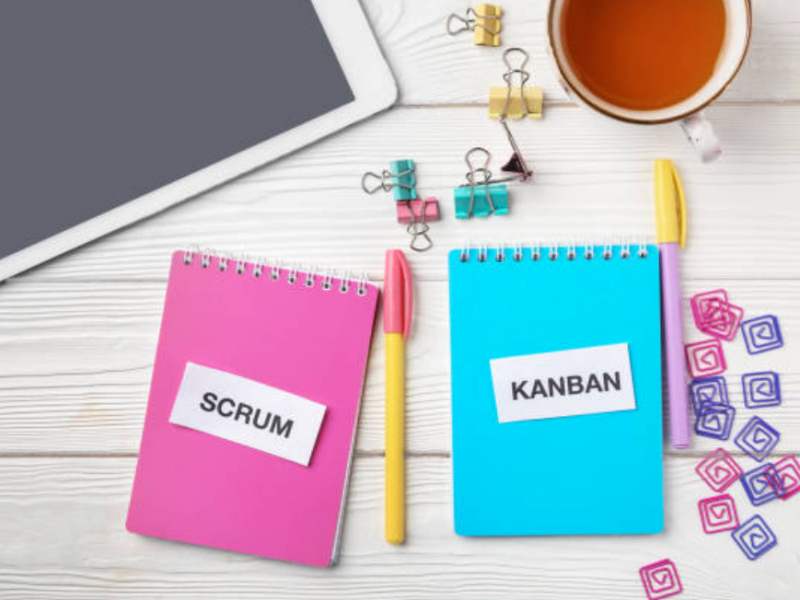
Scrum vs. Kanban
What is the Difference Between Scrum and Kanban? The Agile methodology de facto now in software development. It offers an effective means of managing projects and products. It promotes continuous iteration and fast response to
Read More ⟶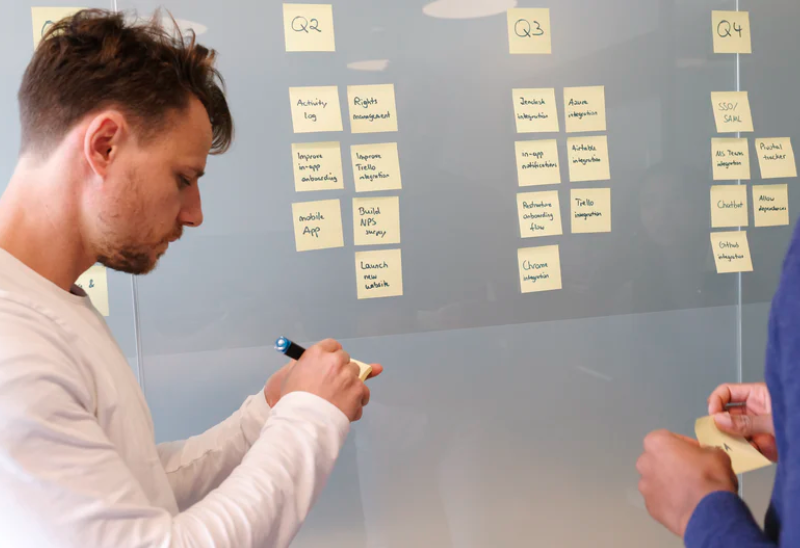
Efficient Sprint Planning
Sprint planning offers a means of ensuring product development runs smoothly in many companies, especially those using the Scrum framework. It assists in making everyone be on the same page, thereby increasing the chances for
Read More ⟶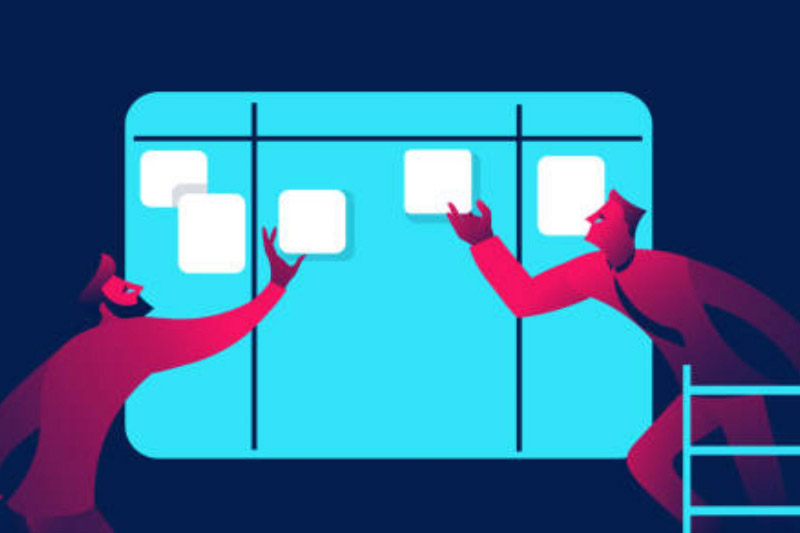
Why Lean Methodology Is So Popular
Tracing its origin to the industrial manufacturing industry, Lean is a popular methodology among companies that provide not only goods and services these days. It is revered for helping to create more values from available
Read More ⟶
Features, Capabilities, & Enablers
When working with the Scaled Agile Framework (SAFe), features, capabilities, and enablers are terms that you need to be familiar with. A good grasp of these is critical for an efficient development process.
Read More ⟶
Acceptance Criteria
Acceptance criteria (AC) are “conditions that a software product must satisfy to be accepted by a user, customer, or other stakeholders.” They may be described, in a broader sense, as specifications that a product must meet to satisfy users or stakeholders.
Read More ⟶
User Stories
What is a User Story? A User Story is a short description of a small piece of desired functionality within your product that is written from a user’s perspective. They are the modern form of
Read More ⟶
Agile Product Development
What is Agile Development? Agile development is an approach to Product development that encourages adaptive planning, evolutionary development, early delivery, and continual improvement. As it sounds, Agile Product Development requires that everyone on the team
Read More ⟶
Minimal Viable Product (MVP)
What is an MVP? A Minimal Viable Product (MVP) is a product that is introduced into the market in the early stages of development, in order to elicit feedback and find product-market as quickly as
Read More ⟶
Dual Track Agile
What is Dual-Track Agile? The Dual Track Agile Process (aka Dual-Track Agile) was popularized by Marty Cagan, founder of SVPG, who often gives credit to Jeff Patton for coining the term. Dual Track Scrum has
Read More ⟶
Product Owner
What is a Product Owner? The role of Product Owner comes from Scrum, a popular Agile planning methodology. It is a role that a Product Manager often plays while doing Product Development with a development
Read More ⟶
Waterfall Methodology
What is Waterfall Methodology? The Waterfall methodology is a “stage gated” process that requires you to complete the first activity before going onto the second activity and so on in sequential order until all of
Read More ⟶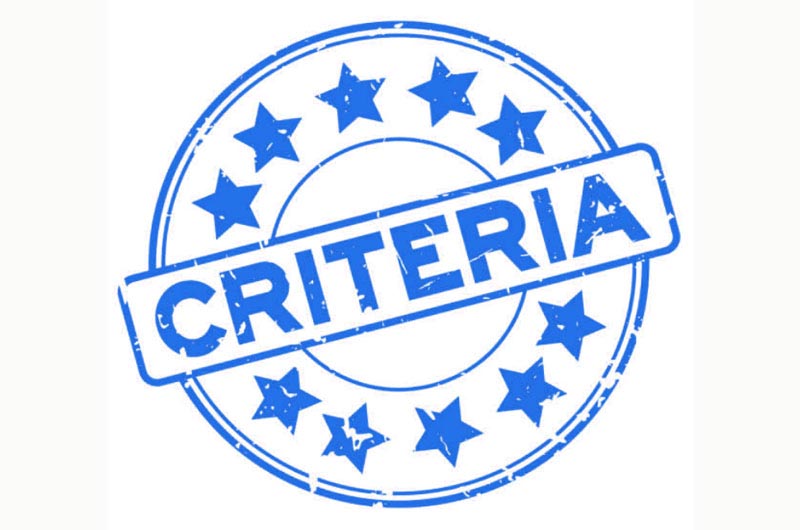
Acceptance Criteria
What are Acceptance Criteria? Agile User Stories often include Acceptance Criteria that must be met before a User Story is satisfied. Since Product Management is responsible for understanding the prioritizing the problems for the team
Read More ⟶
Agile Manifesto
What is the Agile Manifesto? The Agile Manifesto includes four values and twelve principles for software development. These are not a set of hard rules for how to use Agile, rather they are outline a
Read More ⟶
Scaled Agile Framework
What is the Scaled Agile Framework (SAFe)? The Scaled Agile Framework, referred to as SAFe, is intended to be a version of Agile that works for large, enterprise organizations, that have multiple teams, dependencies, and
Read More ⟶